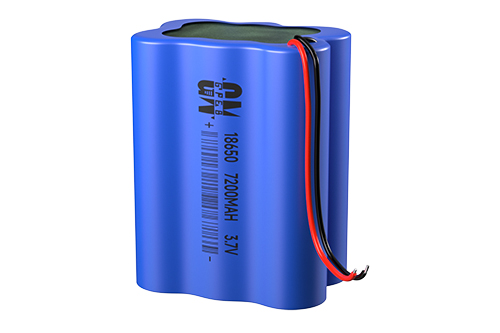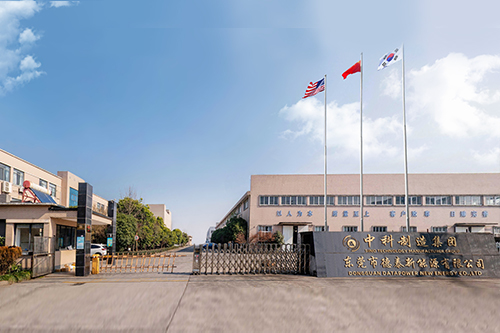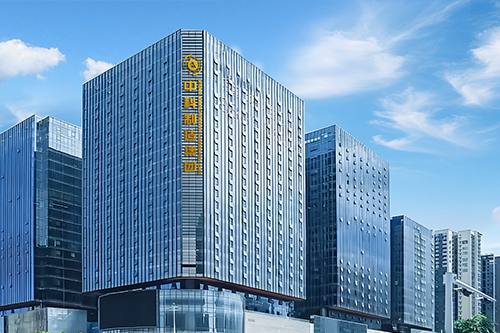
First, fuel cells have unique advantages in using hydrogen as energy. There
are two specific advantages. First, high efficiency, because we know that the
efficiency of traditional cars is only 30% at most, due to the basic thermal
definition of the cycle. Fuel cell hydrogen vehicles, such as the recent Toyota
Future Car, can achieve 50%-60% efficiency under NEDC operating conditions and
Japanese GC08 operating conditions, which is equivalent to twice that of
traditional vehicles. Second, it is indeed zero-emission, because hydrogen uses
the conversion process to combine with oxygen in the air and turn into water. In
the future, if it is combined with renewable energy, such as wind energy and
solar energy, water can be turned into hydrogen and oxygen. Hydrogen can be used
as an energy source and turned back into water at the same time. There will be
truly zero emissions during use. Regarding environmental issues, we all live in
big cities and are deeply aware of air pollution. Carbon dioxide is involved in
global warming. Before we save the world, we can save ourselves by improving the
air in our big cities. The transportation sector accounts for 25% of all PM2.5.
I recently read reports that the proportion in big cities like Shanghai will be
even higher.
Low temperature lithium iron phosphate battery 3.2V 20A -20℃ charging, -40℃
3C discharge capacity ≥70%
Charging temperature: -20~45℃ -Discharge temperature: -40~+55℃ -40℃ Support
maximum discharge rate: 3C -40℃ 3C discharge capacity retention rate ≥70%
Click for details
Second, hydrogen fuel cell vehicles have unique advantages in terms of
driving range and charging time. Fuel cell vehicles can actually also be
electric vehicles. Electric vehicles have made technological progress and their
driving range is also increasing. The main things that electric vehicles need to
overcome now are driving range and charging time. Hydrogen fuel cells have
unique advantages in this regard. Fuel replenishment only takes three to five
minutes, which is similar to refueling a car. The driving range can currently
reach five to six hundred kilometers. The fuel storage device is the size of a
traditional car fuel tank. As energy technology improves, there is no problem in
gradually increasing the driving range.
Third, from the perspective of national energy strategy, if our country
wants to turn a big automobile country into a powerful country, new energy is
the only way to go. The energy structure is relatively simple and should be
diversified. At present, our country relies on oil imports for more than 60%.
With economic development and population increase, it will reach 70% in the
future. Energy security is a big problem.
SAIC’s process of developing hydrogen fuel cell vehicles
As early as 2000, SAIC first came into contact with fuel cell vehicles. At
that time, we worked with Pan Asia and General Motors to develop the Phoenix
fuel cell vehicle. During the Beijing Olympics, SAIC developed the first
generation of functional vehicles to prove that such vehicles can also run on
the road. At the 2010 World Expo, SAIC developed more than 40 fuel cell vehicles
on a larger scale. We already have full confidence in our technology in terms of
vehicle safety, power performance and passenger operation. Since then, when SAIC
formulated its new energy vehicle plan, it positioned hydrogen fuel cell
vehicles as one of its three major development routes. Through the efforts of
the past few years, SAIC has developed the third-generation fuel cell vehicle,
and what will be on display will be the fourth-generation fuel cell vehicle.
During the research and development process, SAIC's hydrogen fuel cell vehicles
have made great improvements in various indicators, including driving range,
reliability, durability and even environmental adaptability.
In order to verify the performance of the vehicles, we launched the
"Innovation Journey New Energy Vehicles National Miles Tour" last year. SAIC's
fuel cell vehicles passed through 15 provinces and autonomous regions and 64
cities, with a single vehicle mileage of 10,000 kilometers. In addition, the
performance of SAIC's fuel cell vehicle has been verified in various extremely
harsh environments such as the high altitude of Tibet and low temperatures in
the north. In 2011, we participated in the "Bibendum" competition, an
international energy-saving and environmentally friendly automobile competition,
and won third place behind Toyota and Audi. In the 2014 Bib Gourmand Challenge,
SAIC's pure electric vehicles, hybrid vehicles and fuel cell vehicles won first
place in three groups respectively, achieving a grand slam.
For the fuel cell vehicles that will be unveiled at the auto show, SAIC
uses dual power sources, taking advantage of the high power and high energy
characteristics of fuel cells, relying on battery power to improve acceleration
performance, and relying on fuel cells to increase driving range. This is our
characteristic. In terms of driving range, SAIC’s fuel cell vehicles can last up
to 400 kilometers with one refill of hydrogen. As the hydrogen storage capacity
increases, the cruising range will further increase, and our future goal is to
reach 500 kilometers. At the same time, the project has also derived other
applications, such as fast power supply. If we have a fuel cell vehicle, then
when a household encounters a power outage or a natural disaster, SAIC's fuel
cell vehicle can provide its own emergency power supply.
SAIC fuel cell vehicle future development plan
The nationally planned fuel cell and future hydrogen energy
commercialization process is proposed to be divided into four stages in the
initial stage. In the first stage, when our car companies provide products, we
can hope that they will be supplemented by hydrogen energy infrastructure during
the launch process. In the second phase, there may be a crossover, and when
initial commercialization occurs in the later stages, hydrogen infrastructure
becomes a key factor. In the third stage, the technology is close to the
requirements of industrialization, commercialization is expanding, and hydrogen
infrastructure is developing faster than cars. In the fourth stage, when the
technology meets the requirements of industrialization and industrialization
accelerates, technology and hydrogen infrastructure may develop simultaneously.
This is similar to the principle of "if you have chickens, you don't have to
worry about eggs; if you have eggs, you don't have to worry about chickens."
When planning future applications, SAIC is also considering that its
development will be based on the passenger car platform, because it has strict
technical requirements. Then, when the power system is developed and matured, it
can also be extended to other commercial vehicles, such as buses, logistics
vehicles, etc. This is relatively easy to implement in terms of infrastructure,
because a fleet on a given route only needs to establish a hydrogen refueling
station.
Read recommendations:
603450 1200mAh 3.7V
Why does the 18650 lithium battery pack bring a protective board.48v solar power energy storage powe
High-Power Disposable Lithium Battery
12v 18650 battery pack
1.5v Alkaline battery












































 360° FACTORY VR TOUR
360° FACTORY VR TOUR
 Whatsapp
Whatsapp
 Tel
Tel Email
Email TOP
TOP